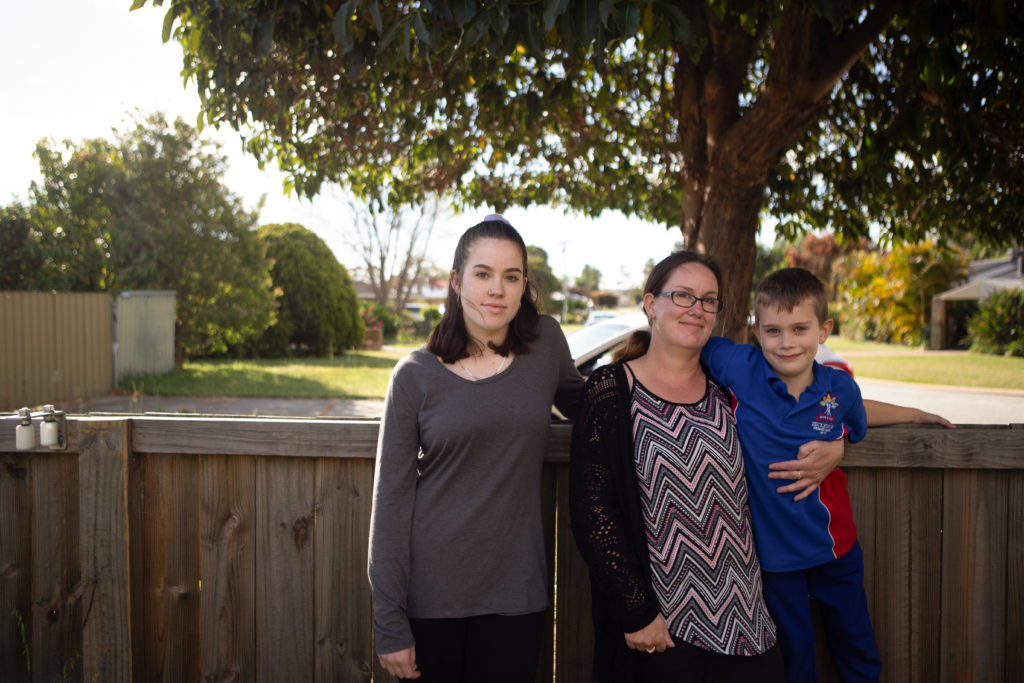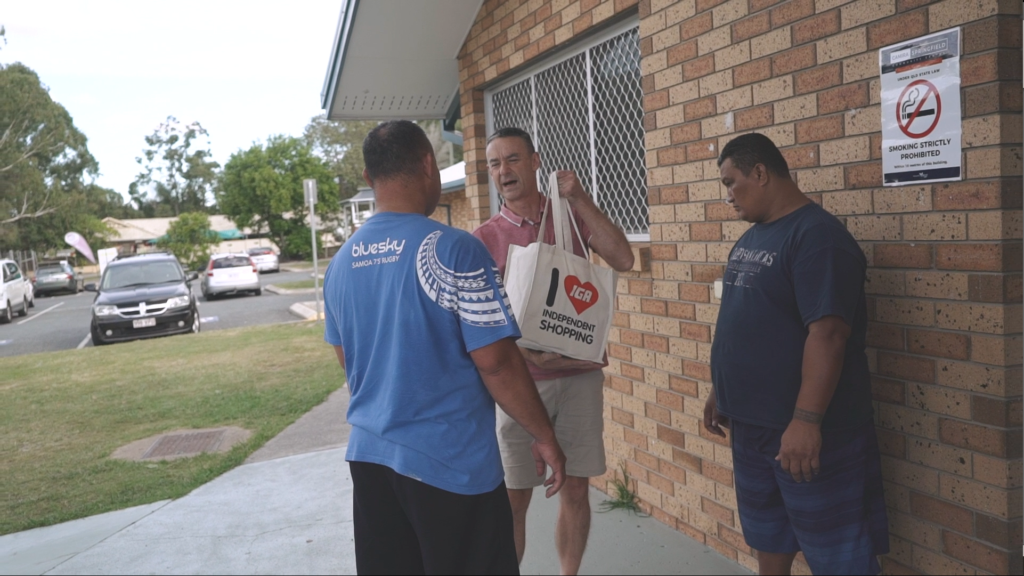How can there be poverty in Australia when we have welfare?
5 Feb, 2021Many Australians would consider the provision of the welfare system to be a solution to poverty. After all, our Harbour Bridge doesn’t cast shadows on the slums of Afghanistan. And if you enter the gates of our publicly funded schools, you’re unlikely to see the swollen bellies (sadly) recognisable on starving Ethiopian children.
Australians are undeniably blessed to live in a country with policies designed to support the vulnerable, particularly at times of crisis.
Australian Welfare
In 2020, nearly every Australian felt the sting of financial insecurity or felt it come close. As a result of the COVID-19 pandemic, the typical divide between rich and poor changed shape, with more than 1 in 10 working aged Australians turning to welfare for main income support payments. As widespread unemployment rose, Centrelink’s number of Jobseeker recipients essentially doubled.
A neighbour on your street, a parent in your class, a member of your family — maybe you yourself — all turned to Centrelink to receive relief at a time of crisis. I also likely that many of these people had a taste of what is the bitter experience of poverty in Australia.
Australian Poverty
In Australia, the poverty line (measured as 50% median income) is $457/week for a single adult. The Australian welfare system is not designed to match the poverty line, but in fact sits significantly below it. For instance:
- Youth Allowance is $168/Week below the poverty line
- JobSeeker is $117/Week below the poverty line
- Age Pension is $10/Week below the poverty line
As a result, more than 3.24 million Australians live below the poverty line, including 774,000 children under the age of 15. This is one in eight adults, and one in six children who are struggling to survive.
Considering the wealth of Australia, it could be easy to presume that living below the Australian poverty line remains a comfortable experience. Maybe the kids don’t have an X-Box, but they still have basic food and shelter, right?
Wrong.

Studies show that Australian poverty:
- Is a key driver of homelessness for 44,000 children and 116,000 adults
- Causes 13% of the general population food insecurity
- Causes 8 in 10 Jobseeker recipients and 9 in 10 Youth Allowance recipients to regularly skip meals
- Impacts children’s developmental outcomes
- Increases the risk of poor health and social exclusion
These aren’t simply statistics, the stories of CAP’s clients bring the reality of Australian poverty home. Take the time to read a few of these stories, and the picture of Australian poverty will become clearer

It’s heartbreaking not being able to provide for the kids. They are great at understanding, except for the little one, he doesn’t really know what’s going on for us.
Sarah, CAP Client
Australia’s Future
As the Australian Government steadily reduces their welfare support, and with Jobseeker Payments ending in March 2021, Australian poverty is growing. A report by the Australia Institute identified that while the Coronavirus Supplement lifted 425,000 people above the poverty line, it’s end would sink an additional 650,000 Australians below the poverty line, including 120,000 children. With and without welfare, we all know Australians facing deprivation, isolation, and distress. For citizens with additional layers of vulnerability, including age, ethnicity, disability and debt, the situation is even more desperate.
Australia’s Hope
Throughout history (and still in most low- and middle-income societies today) care during tough times has been provided within small communities, rather than by the state. This approach has its weaknesses, but its greatest strength is that it’s relationally driven; there can be a deep sense of connection between the care givers and the cared for. The early church exemplified this type of care.
When community systems work, they can be exceptional – stories from the history of the early church living out their faith show just how extraordinary their impact can be. In a system like Australia’s, opportunities for connection, gratitude and wholistic support (beyond material need) are missed.

The pathway out of poverty is multifaceted, but CAP believes the most critical element in the pathway to wholeness, including overcoming material poverty, is relationships; redeemed relationships with God, creation, others and self.
So even with welfare, Australia has a problem with poverty in two ways; the financial support systems are inadequate for meeting some of the most basic human needs, and the opportunity for relational support systems is missed, leaving Australians feeling anxious and alone.
Even in this uncertain climate, CAP believes that no Australian should live under the burden of their finances. Per person, we are one of the wealthiest nations in the world, but more than money is required. You have a part to play in supporting Australia’s most vulnerable families.
By partnering with the Church and CAP to empower Australians to manage their finances, you can pave the way for your community to experience freedom from their financial burden, have strengthened relationships and find wholeness in Christ. Consider if you and your church could join the movement to see the church transformed, lives changed and whole communities impacted.

CAP is constantly grateful for churches choosing to share the practical love of Jesus in their communities, and for helping to bring freedom to families struggling with poverty. While the Australian welfare system is an insufficient antidote to fight poverty, the Australian church is stepping forward.
If you or a loved one is struggling with their finances, CAP would love to connect you with a coach to support you with debt or budgeting assistance.